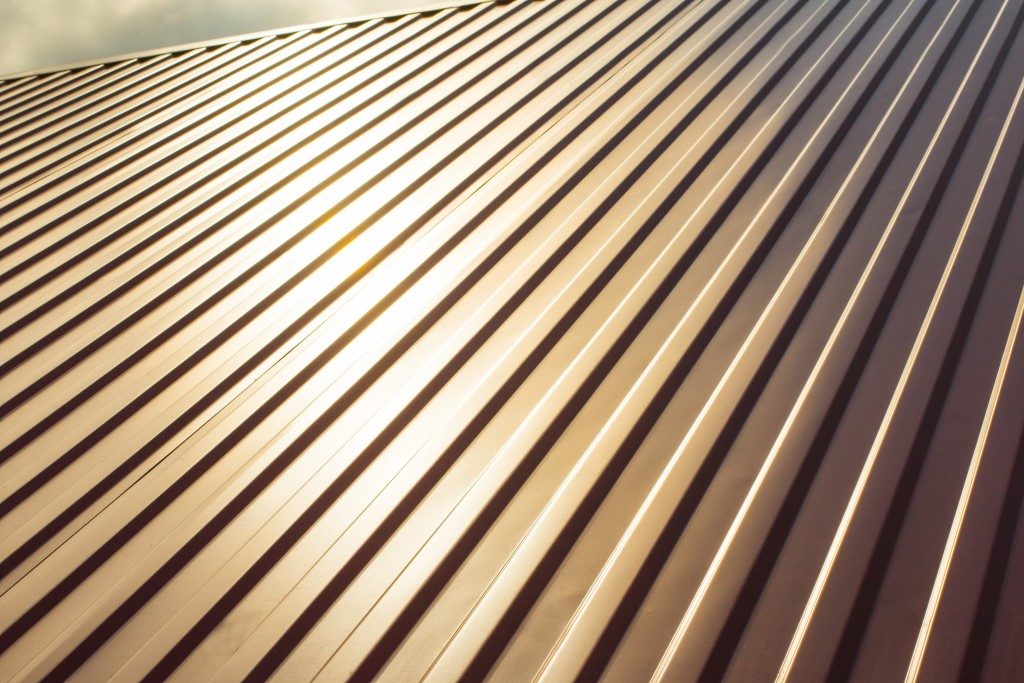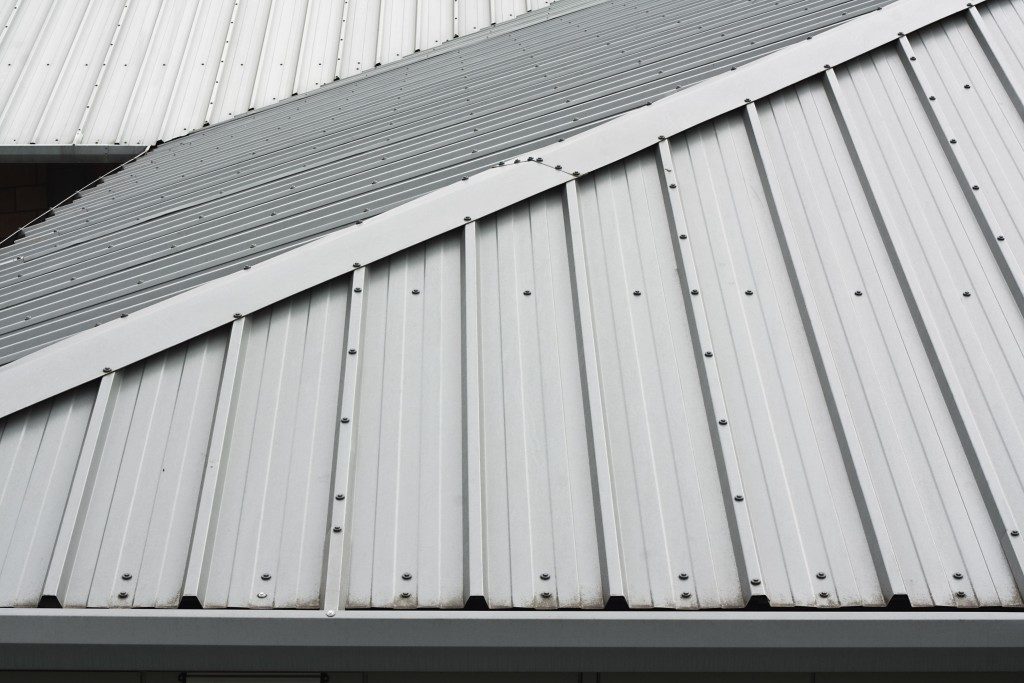Metal roofs have been around for ages. Rolled zinc, terne-coated, galvalume and galvanized steel, copper, aluminum and titanium are among the most common material options for metal roofs nowadays.
Aluminum is lightweight, energy-efficient and rust-free, but expensive and not strong enough for harsh weather conditions. All steel roof varieties are corrosion-resistant, strong and inexpensive though they come in a limited style profile. Though expensive, copper is the ideal choice for property owners searching for an aesthetically pleasing metal roof.
Metal roofing materials used in Utah are coated and treated using different techniques to enhance their durability and properties. They also come in an extensive color and style range. The shake, tile, slate and shingle styles are the conventional ones used for metal roofs.
Standing or vertical seam metal roofs are the latest style option. These feature vertical roofing panels with the same measurements and interlocking spots, which are sealed to get an impregnable seal. Here are the types of standing seam metal roofs.
Exposed Fastener Roofs
Also called corrugated or through-fastened roofing panels, these are installed in large vertical sheets that overlap. The distinguishing element of exposed fastener roofing is the high amount of exposed screw heads, which are visible over a finished roof. This type is commonly used in storage units and agricultural structures. Unfortunately, they have no space between the panels for contraction and expansion.
Nail Hem Roofs
These feature a raised interlocking seam along the panels’ edges with widths ranging from 12-24’’. The seams have heights of 0.75-1.25’’. The actual fastening of nail hem panels is done using screws and not nails. The name of these panels is derived from their similarity to vinyl siding panels.
Nail hem roofs, like vinyl siding panels, have a hidden running channel along their edges. To accommodate the metal’s contraction and expansion, your fasteners should be installed exactly in the slotted holes’ middle. This metal roofing style is often recommended for roofs with a pitch of 3:12.
Snap-Lock Roofs
These are installed with hidden fasteners and clips. The fasteners and clips hold the panels to the roof’s deck and secure them while allowing complete thermal movement of the panels. Snap-lock panels are available in various heights and widths but are commonly available in widths of 12-24’’ and heights of 1.25-2’’. They are generally used on roof slopes of 3:12 though they also suffice for 2:12 pitched roofs.
Mechanically Seamed Roofs

These are also secured with clips and fasteners. Unlike snap-lock roofs, however, their fastening is only done once they have been placed onto the roofing substrate. The roof’s concealed clips will become part of its locking mechanism. Mechanically seamed roofs are used on low-pitched roofs more so those with pitches below 2:12. Repairs and alterations are a challenge on these roofs owing to the closely installed panels.
These standing seam metal roof styles can be installed even over an existing roof. If installed properly, they require minimal to no maintenance and can hold up to harsh weather conditions like high winds, snowstorms and heavy rainfall. In most cases, vertical seam metal roofs also lower your property’s cooling costs by about 30%.

